I'm new to electronics and trying to get a grasp of the basics at the moment.
For this purpose, I'm reading the book Make: Electronics by Charles Pratt (in a German translation.)
In one experiment, he's building an astable multivibrator and uses its signal (boosted by another transistor) to light an LED, which is later replaced by a speaker (see picture below.)
I don't understand the use of the capacitor here. The book says it's there to block DC (and let AC pass, my addition,) but the multivibrator produces DC on/off signal and no AC signals anyway. In other words, I don't get what it is actually filtering away, since its other main feature (current storage function) is certainly not of great use here.
